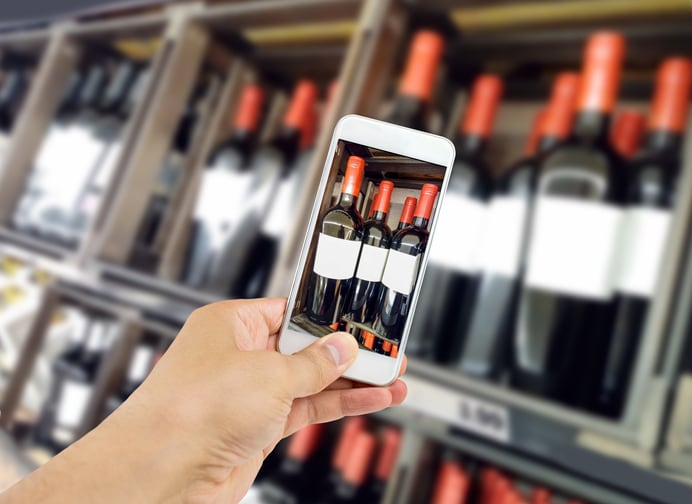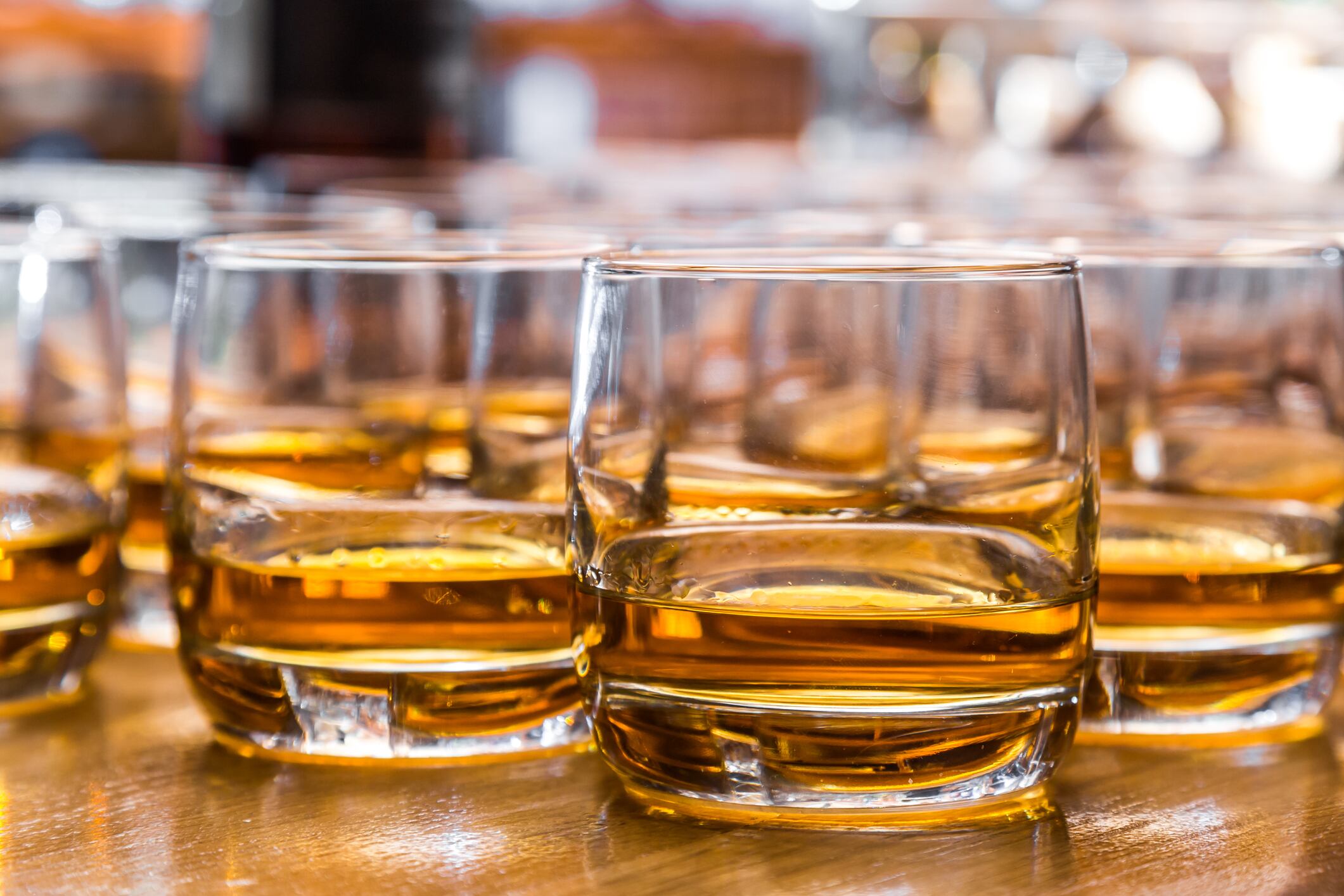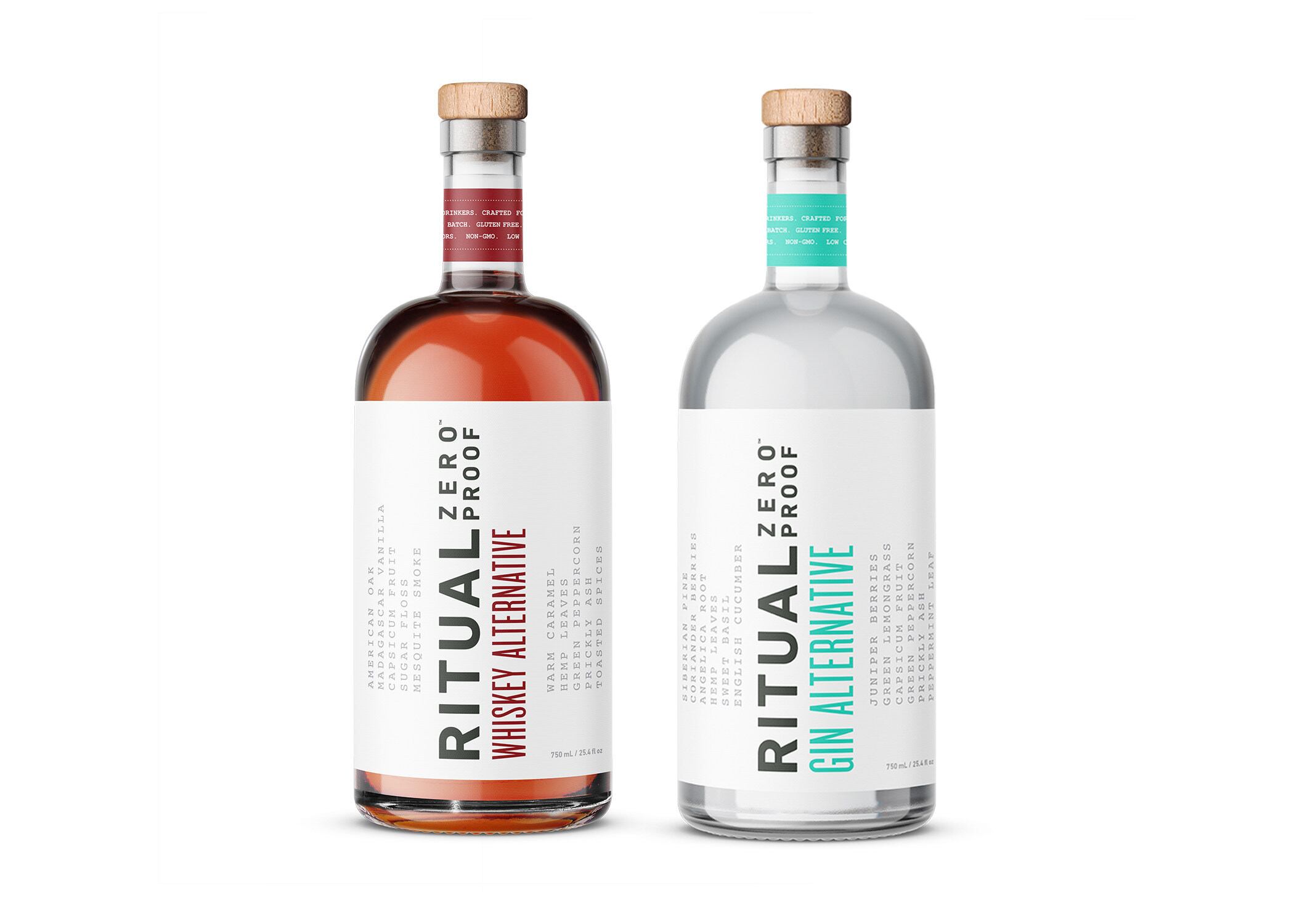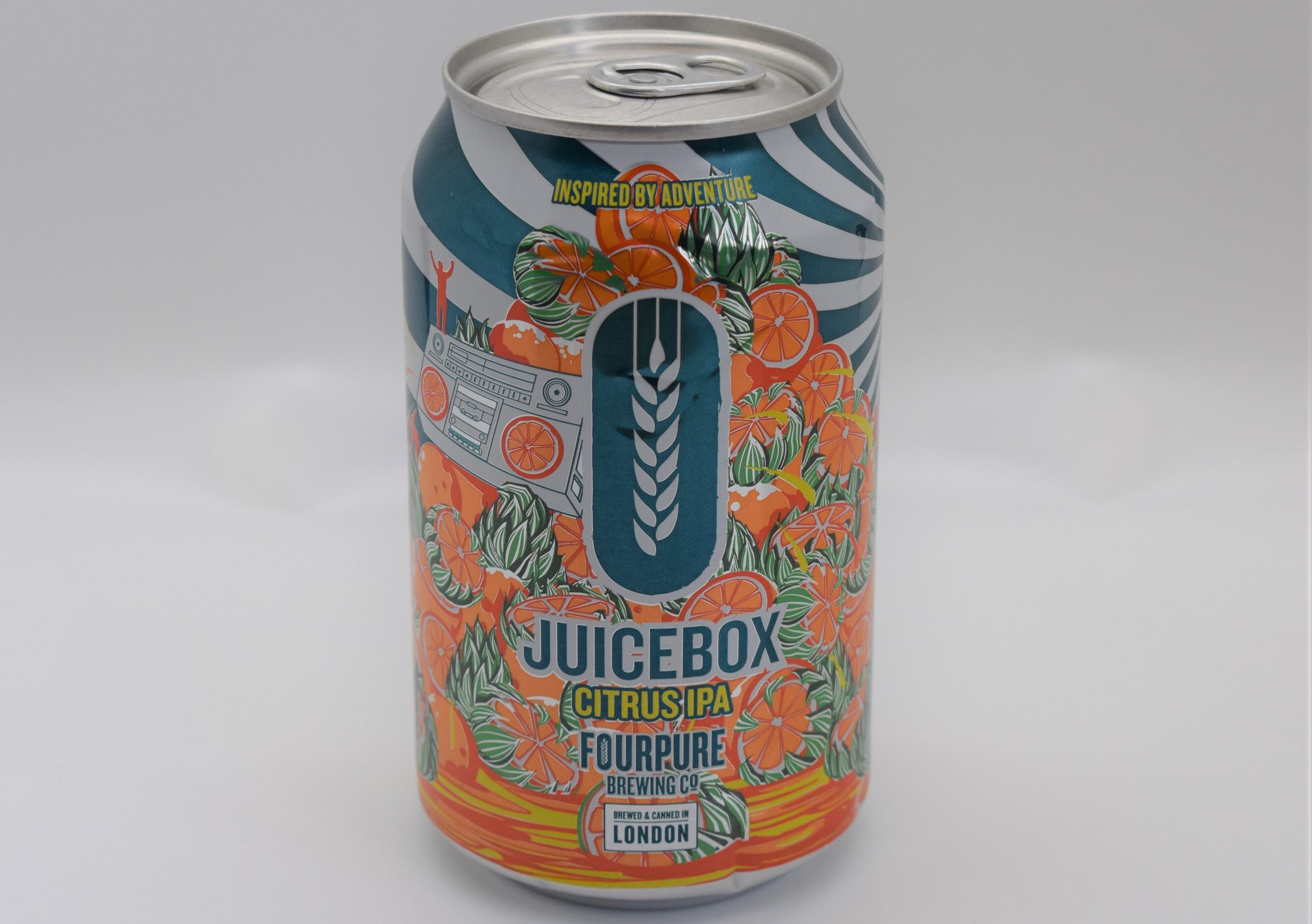Last year, Americans bought their alcohol digitally through online liquor stores ($1.1bn), direct-to-consumer wine online ($950m), online grocery ($295m) and alcohol marketplaces ($265m). A new report from Rabobank examines each avenue and how they are lacking.
In 2019, online beer sales in grocery grew by more than 120%, wine sales grew by nearly 100% and spirits grew by nearly 150%. But alcohol still accounts for less than 1% of online grocery revenue, while it has a 5%-6% share of in-store revenue.
Assertive action from grocery
More than 10% of grocery sales are expected to move online over the next four years, and the report predicts that alcohol through online grocery has the potential to grow to $3.7bn by 2023. But many grocers still aren’t selling it digitally to avoid complex state alcohol regulations.
Rabobank said that the ‘click and collect’ style of purchasing alcohol is legal in 39 US states and third-party delivery is legal in 30 states, making sales tricky. Grocers also haven’t put much effort into the user experience of online alcohol shopping, deterring customers.
Designing experiential product pages, listing tasting notes, including third-party ratings and allowing filters like price can all help close a digital sale, according to Rabobank.
Online alcohol marketplaces like Drizly, Instacart and Vivino act as third party digital storefronts that partner with liquor and grocery stores. They have succeeded while grocers have failed to sell alcohol directly online.
But now that alcohol is growing more prevalent in online grocery, the third party marketplaces have to face the new competition and stay relevant to consumers.
“Despite the strong growth of ecommerce sales, the penetration of the online alcohol category remains abysmally low,” Rabobank said.
“The industry must take assertive action to address the challenges facing alcohol e-commerce. A failure to act could have profound consequences.”
Avoiding a wedge between brands and customers
The majority of the direct-to-consumer (DtC) wine landscape comes from wine clubs, subscription services, and consumers shopping directly from winery websites. Rabobank said most smaller and mid-sized wineries rely heavily on DtC sales, which are influenced by good tasting room traffic.
The report recommends that ecommerce sales in DtC wine can improve significantly with better email marketing and cheaper shipping, rather than investments in innovative tech.
Online liquor stores are more of a rogue, ‘old school’ channel, according to Rabobank. Though they claim the largest share of digital alcohol sales, it’s a fragmented channel that deals with a lot of restrictions.
Most sell alcohol through their own website, and will ship orders anywhere, even when crossing state lines may be illegal. They also rely on local delivery, pickup and customer loyalty. Prices are higher, and liquor stores may soon be facing new regulations for their ecommerce practices.
Across the board, online alcohol sellers need to improve their content, organization and distribution operations. Rabobank said high-quality digital copy and better consumer focus will go a long way in bringing alcohol up to speed in ecommerce.
Bourcard Nesin, the report’s author, said “Alcohol brands are losing billions of dollars in online sales opportunities every year, and they are missing a critical opportunity build digital relationships with millions of omni-channel consumers.”
“If alcohol companies are not able to effectively participate in the online ecosystem, ecommerce could become a wedge that separates alcohol brands from their consumers.”




